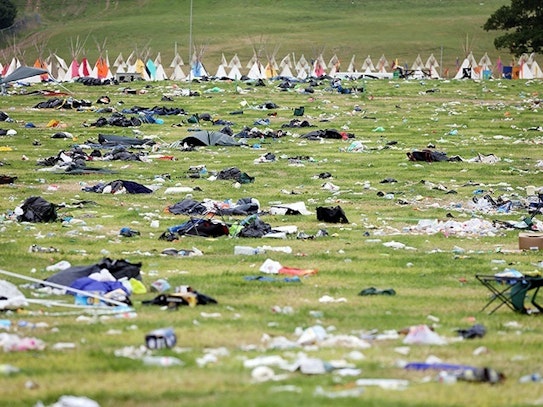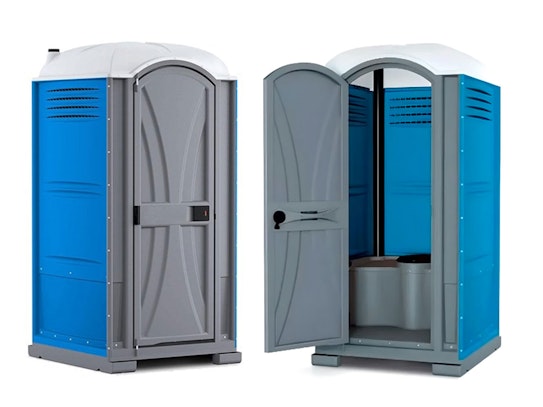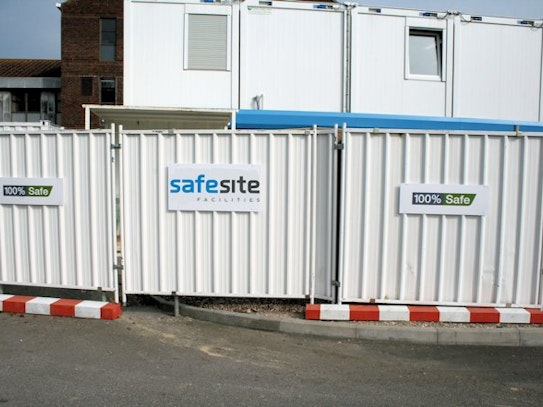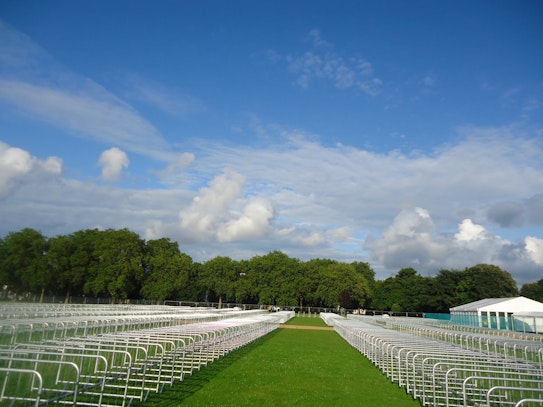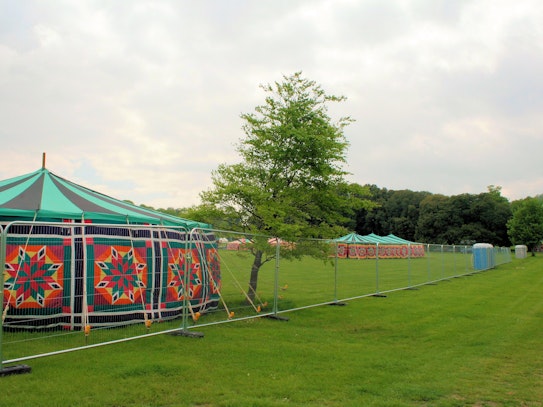- Next day delivery
- Installation service available
- Buy back on all products
- Rated Excellent
Creating an Event Security Plan
Whatever type of event you’re planning, safety and security are integral to event management – and just like all other aspects of event planning, a specific event security and safety plan needs to be put into place well before the event itself. However, unlike many other elements of event planning, all aspects of safety and security will remain a priority throughout and even after the event itself.
Event security – the main events
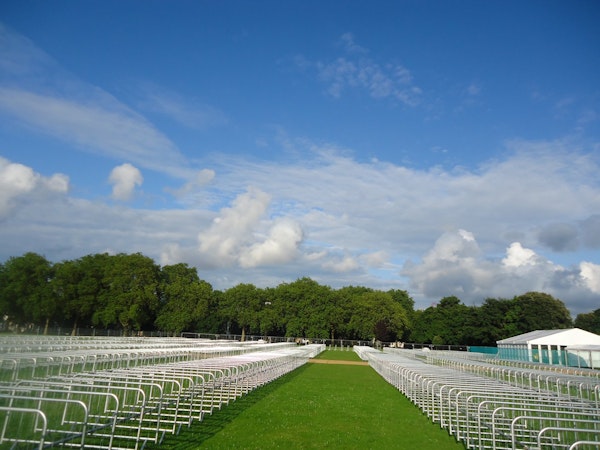
An event security plan itself relates to the event in the context of managing health, safety and security. As such, a useful starting point for an event security plan is to combine details about the event alongside safety and security actions, under relevant headings such as:
- Management
This element of the plan should detail the aspects of the event to be managed, along with who is responsible for which specific parts, including who holds overall management responsibility and which managers are responsible for any particular element. This should also include up to date contact information. Full details about the management and delivery of health and safety arrangements need to be included and should offer details of the systems in place to manage risk across all phases of the event.
- Co-ordination & information
The event security plan should provide an overview which co-ordinates information about all aspects of the event and the health, safety and security relating to it, so should include details about:- Organising arrangements and gathering of information in collaboration and co-operation with others (what, how, who, when).
- The sharing of these arrangements in co-operation and co-ordination with others (including those contractors and staff working as part of the event).
- Records of the co-ordination taking place is also important, as the overall plan needs to be read and understood by those concerned, including the client, event management staff, venue management, local enforcement, emergency and public safety services, such as the police, ambulance and fire and rescue services.
- Competency and compliance
Another key purpose of the plan is to provide an overview of the level of competency of individuals and sections, particularly in the context of compliance with health, safety and security requirements. This section should demonstrate:- Measures to ensure competency of staff involved, including organising staff training as required.
- Monitoring of compliance, which includes demonstrating the measures in place to ensure that any contractors are responsible for their own staff training.
- Monitoring and reviewing arrangements
Event plans are always work-in-progress and subject to last minute changes, even on event day itself, so a robust event security plan should include details of:- Systems and anticipated timings for checks, for example a check and review list if it is a small scale event.
- Systems of collaboration and shared roles and responsibilities for monitoring and reviewing arrangements across large events.
An efficient event security and safety plan will usually be created in collaboration with others, so of course it will undergo many versions in the run up to the event. Across those versions, the detail within the plan should always include:
- Overview of event
Include detail about the context, structure and purpose of event and the approximate numbers and type of audience / participants expected to attend.
- Design and layout of the site
Include specific venue contacts and site maps or layout plans to help identify specific access and exit requirements: (a) for general use throughout the event; (b) for use in emergency or contingency situations. If the venue is being used out-of-hours for the event, for example in a gallery after normal working hours, additional out-of-hours contacts and access arrangements should be included.
- Health and safety
Every event security plan requires a thorough risk assessment. Although this may be completed separately, a copy should be appended to the event security plan and should not be limited to identifying what the risks are, but should also cover the actions being taken to reduce risk. It is also necessary to include:- Additional fire risk – if you’re using a specific venue, there should already be a fire safety protocol in place, but do check with the relevant personnel that your own risk planning is compliant with the venue’s requirements and meets any other standards (such as those required by local council issuing the event licence or by the fire service).
- For all sites, including open spaces, consult with relevant professionals so that you can ensure all steps are taken to minimise fire risk and comply with the regulations in relation to the number of people on that type of site, for example number and type of fire extinguishers, where and how they are to be kept and deployed.
- Medical facilities including First Aid venue and personnel; how these can be contacted in an emergency; how to make participants aware of their presence and processes to be implemented if emergencies happen.
- Event infrastructure
This aspect of the plan is likely to be extensive and overlap with any of the other sections because it should outline everything involved in the event and how it is being planned for with safety and security in mind. For example, a plan would include details about:- Temporary structures, including stage or arenas, ticketing areas.
- Contractors, with detailed lists including contact information and responsibilities for managing all personnel on the site.
- Communications, beyond the event itself, this should outline contingencies for alternative communications, such as walkie-talkies, in the event of utility failure.
- Utilities, including electrical systems, anticipated power use and safety protocols.
- Catering – preparation techniques can be important not just for health risk of food hygiene standards, but for additional risk such as fire risk, for example if the event catering is going to be fulfilled by barbeques or spit roast catering.
- Waste management plans
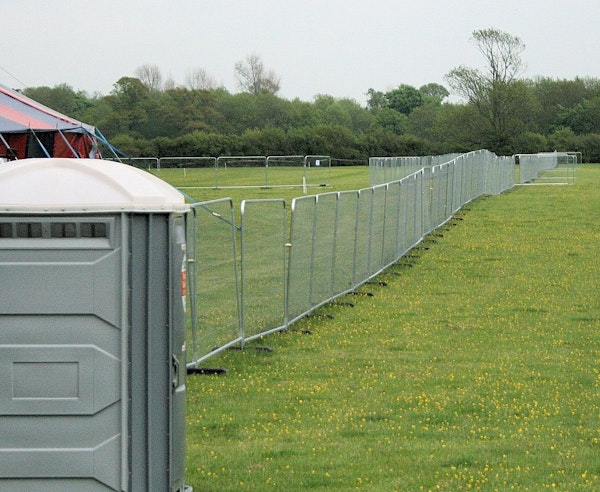
Detail is required about all aspects of waste management, from rubbish, recycling and litter-picking, with fully compliant waste disposal, to waste water and use of temporary toilet facilities through a reputable supplier.
- Crowd management
Knowing anticipated numbers is crucial as precautions need to closely match or exceed the risk presented by the movement of crowds – from arrival, throughout the event and throughout the post-event clearing of the site. As part of the risk assessment too, this section should include details about the measures put into place for crowd management, such as temporary pedestrian barriers to guide crowds.
- Stewarding
Including staff plans, procedures and placement, as well as details about responsibility for ensuring staff are fully familiar with contingency planning in the event of emergencies .
- Planned traffic management

Planned traffic management extends to all aspects of traffic, including to, from and within the event itself. It may include details about additional facilities, such as the use of concrete barriers or other types of blockades, such as temporary event fencing, which can be securely installed to prevent unauthorised parking but easily removed as required to ensure that any emergency vehicles will be able to access the site quickly as needed.
- Major incident planning
Events need to be fully compliant with local authority and emergency services’ major incident planning requirements. Details about responsibility and processes in the event of emergencies need to be outlined, whilst contingency planning should also be developed and shared with other relevant professionals.
Finally, having a plan which is a working document isn’t the same as having an event security plan which is actually working. Ensure that the event is inspected and signed off at every stage as required by any relevant authority and that all of those involved in the infrastructure and delivery of the event are working from the latest versions of the main plan itself and understand all emergency and contingency arrangements.
This article is intended for information and guidance only. For additional, up to date information to ensure your event security plan is compliant with the latest recommendations and guidelines, it is advisable to check with the local authority of the event location and the Health and Safety Executive UK.
For a free quote on event security products contact SafeSite Facilities.
Request a free no-obligation quote
We respond in under 30 mins on average (excl. weekends)
